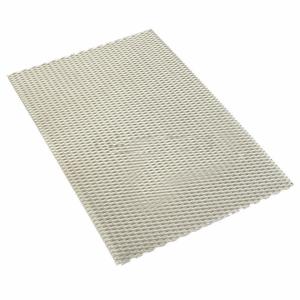
Add to Cart
Platinum Titanium Anode For Hard Chromium Plating

| Main application areas | Anodes and coatings | Details |
| Cathodic Protection | KERAMOX® Titanium anode Platinised Titanium Anodes based on Niobium or Tantalum | All round applicable At high current densities, for example in sea water High voltages or strongly corrosive electrolytes |
| Seawater electrolysis | KERAMOX® Titanium anode Titanium with a Ruthenium Mixed Metal Oxide coating Titanium with a Platinum-Iridium Oxide coating | Depending on amongst others temperature and salinity |
| Electroplating | Titanium with an Iridium Mixed Metal Oxide coating Platinised Titanium | In highly acidic environments such as: Electro galvanising (zinc plating) Anodising of Aluminium Chromium, Nickel,Tin, etc. plating Precious metal plating Reverse pulse Copper plating Hard Chromium plating Precious metal plating |
| Water treatment | Platinised Titanium Titanium with an Iridium Mixed Metal Oxide coating Boron-Doped-Diamond anodes | Electro dialysis with polarity reversal Recovery of metals Oxidation and break-down of organic contaminations Higher overpotentials,amongst others for disinfection |
| Hypo chlorite & Disinfection | Titanium with a Ruthenium Mixed Metal Oxide coating Titanium with an Iridium Mixed Metal Oxide coating Titanium with a Platinum-Iridium Oxide coating | Depending on salinity, polarity reversal and current density |
| Synthesis reactions | Platinised Titanium Titanium with an Iridium Mixed Metal Oxide coating Boron-Doped-Diamond anodes | Depending on the particular reaction At higher overpotentials
|
| Hydrogen production | Nickel electrodes with a precious metal coating | Coating process by means of exchange plating The purpose is to decrease the overpotentials |

